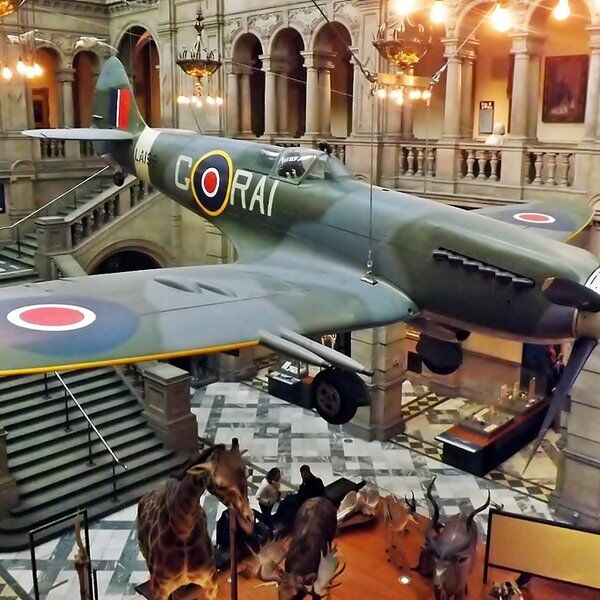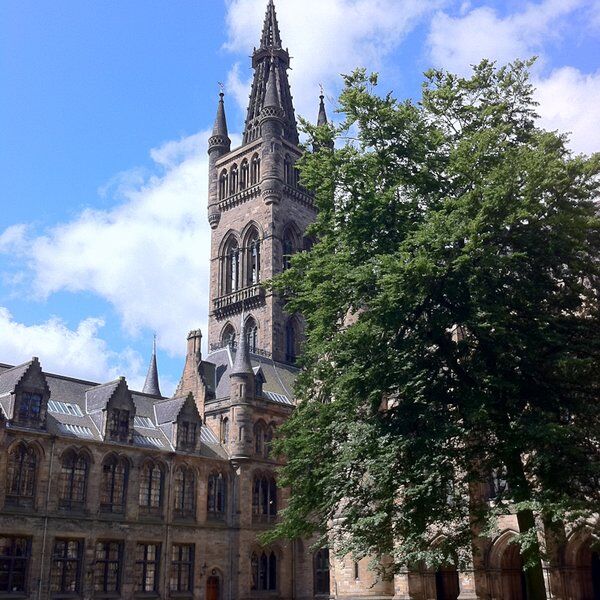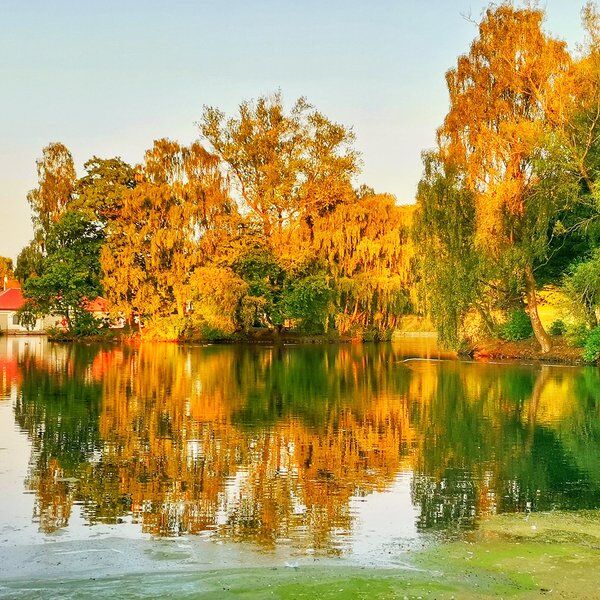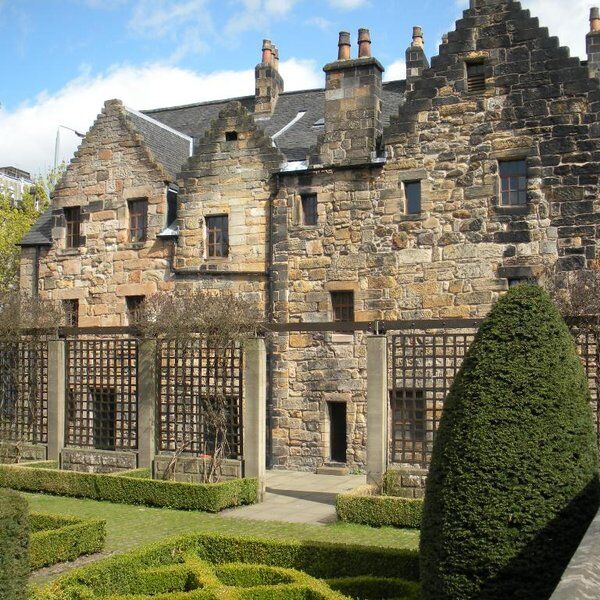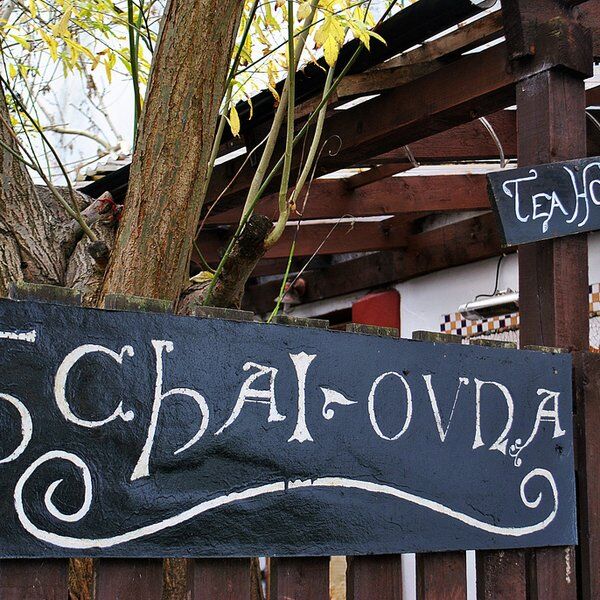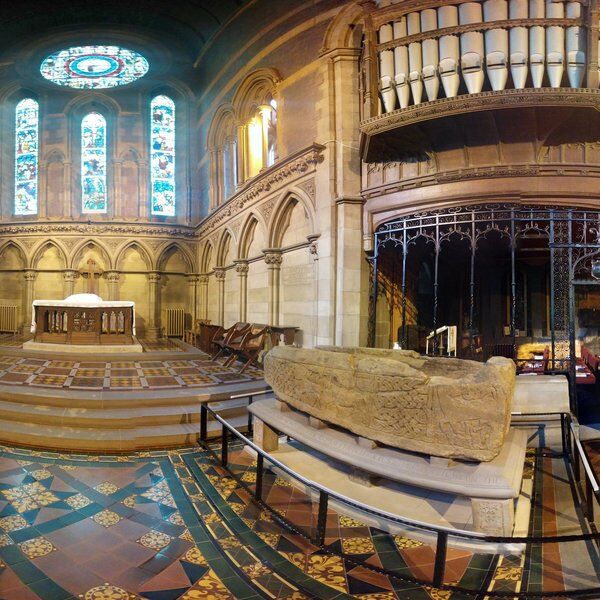
Glasgow Necropolis: Where History Rests in Peace
Perched on a hill overlooking the city of Glasgow, the Glasgow Necropolis is more than a cemetery; it is a hauntingly beautiful landscape of memorials and monuments, and a testament to the city's rich history. As you step through its gates, you embark on a journey through time, where the past is preserved among the quiet shadows and the whispers of 50,000 departed souls.
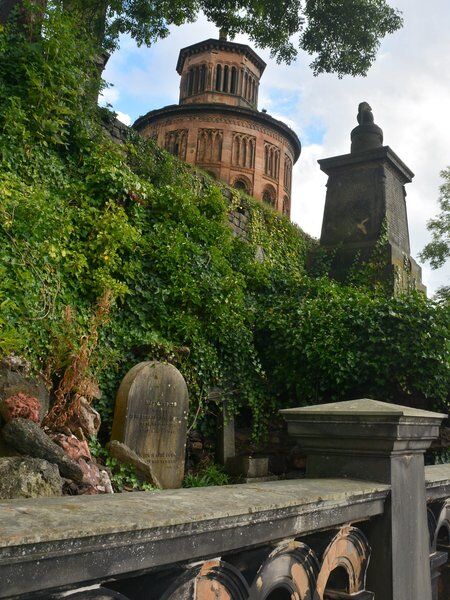
In a twist on contemporary Victorian cemeteries, the Glasgow Necropolis is one of the first multi-faith burial grounds in the world. It tumbles through the gates and over the Bridge of Sighs at the main entrance and then stretches across 37 acres of lush parkland. Dominating the hill is a monument to John Knox erected in 1825 but other poignant memorials include: one for the Korean War; one for stillborn children; and one for the Glaswegian recipients of the Victoria Cross.
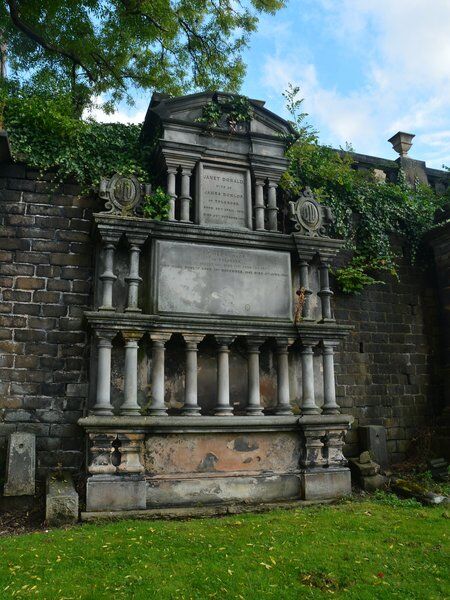
Demand for the Glasgow Necropolis
The creation of the Père Lachaise Cemetery in Paris sparked a huge demand in Britain for more cemeteries but this required a change in law, to allow burial for profit. This was solved with the passing of the Cemeteries Act in 1832. Before the act, the parish church held full responsibility for burying the dead. When the act came into law Glasgow, with its growing population and high mortality rates, took full advantage. As a result the Victorian Glasgow Necropolis was officially opened by the Merchant’s House of Glasgow in April 1833. It was modelled off the French Père Lachaise and continued to be privately managed until the Merchant’s House handed it over to Glasgow City Council in 1966.

The John Knox Statue
Established in the Victorian era during the 19th century, the Glasgow Necropolis is a Victorian garden cemetery that served as the final resting place for many of Glasgow's prominent citizens. Prior to its opening it was a public park filled with fir trees but those died and were replaced with willow and elm, becoming an arboretum. Now that area of the park has been incorporated into the Necropolis and is actually the area in which the Knox memorial stands.

The towering tribute to John Knox, the Scottish Protestant reformer is one of the focal points of the whole Necropolis. This imposing monument, erected in 1825, stands as a symbol of Glasgow's religious history and pays tribute to a figure who played a significant role in shaping the course of Scottish Reformation. One thing to note is that whilst this significant column is an ode to the reformer, he was never buried here. In fact, he was actually laid to rest beneath the car park of St. Giles Cathedral, in Edinburgh.
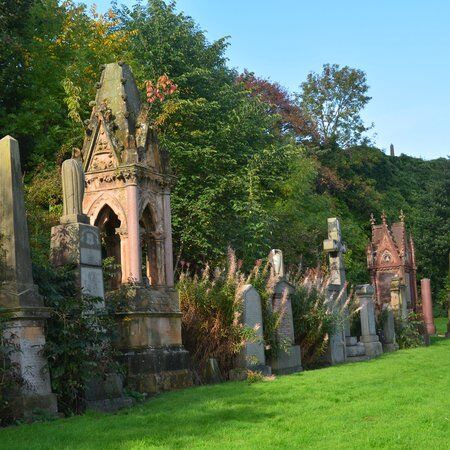
A City for the Dead: Creating the Necropolis
“Literally a city of the dead."
In all it’s glory the Glasgow Necropolis reflects the prevailing architectural styles of the time, with elaborate tombs and monuments that pay homage to the lives of those interred within its hallowed grounds. Because the Glasgow Merchants House envisioned a picturesque cemetery to rival Parisian graveyards they hired a landscape gardener to design the Necropolis, as opposed to an architect. They sought the creation of a space that would bring peace to both the dead and the living.
Today, the Necropolis is a mixed masterpiece of Gothic, Egyptian, and Greek Revival Style architecture, with its winding paths leading to around 3,500 monuments, as well as mausoleums and sculptures. Every tombstone, every inscription, and every statue within the Necropolis tells a silent story of lives lived, loves lost, and legacies left behind. The atmosphere is one of both solemnity and awe, as visitors are surrounded by a panorama of architectural splendour that mirrors the grandeur of the Victorian era.
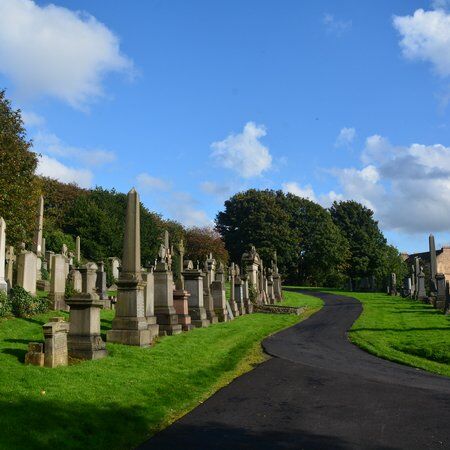
Views over Glasgow
Beyond its architectural and historical significance, the Glasgow Necropolis offers breathtaking panoramic views of the city. In an innovative capacity the cemetery uses a tiered burial system, which has created distinctive walkways and elegant terraces along the hillside. As you ascend these walkways (and thus the hill), you're treated to a visual feast that encompasses the city skyline, the River Clyde, and the surrounding hills. It's a vantage point that adds a layer of serenity to the contemplative atmosphere of the cemetery. From the top you are also granted an unobstructed 360 degree view of all the gravestones and tombs in the Necropolis.
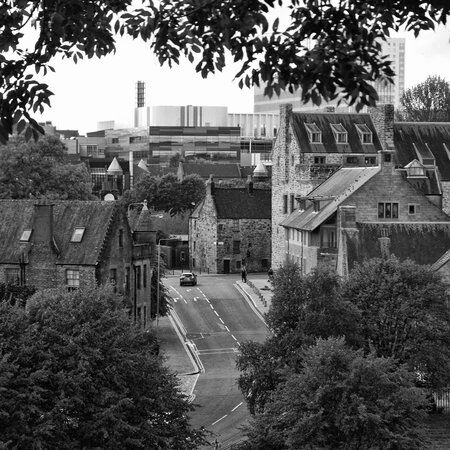
A Place of Remembrance
Uniquely, plots at the Necropolis are not reserved for Glaswegians and actually it has become the final resting place for both Scots and international souls, including those of different faiths such as Jewish, Catholic, Quaker, and Protestant. Furthermore, the Glasgow Necropolis is not merely a resting place for the departed; it's a space for reflection, remembrance, and commemoration. A large portion of the cemetery is reserved for troops from the Commonwealth Wars. During The Blitz of World War One Glasgow was heavily bombed and suffered much destruction and death. Today, the Necropolis has 359 First World War burials and 124 Second World War burials in its Commonwealth Graveyard.
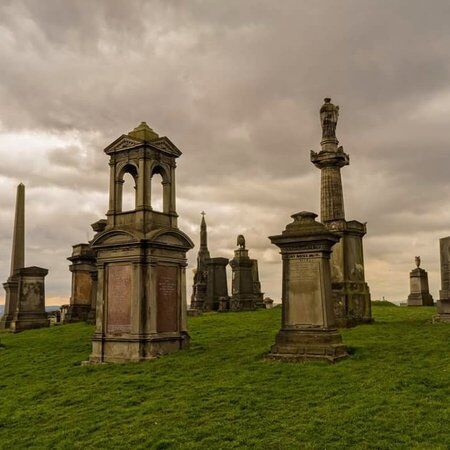
Guided Tours and Exploration
The Friends of Glasgow Necropolis organisation actively works to preserve and promote the cemetery, organising tours and events that invite visitors to delve into the rich history that lies beneath the moss-covered stones.
For those eager to uncover the secrets of the Glasgow Necropolis, guided tours are free although donations are welcome. Knowledgeable guides lead visitors through the labyrinthine paths pointing out the graves of notable figures and recounting their interesting tales. They will also explain the symbolism behind the monuments and the historical context that shaped this unique burial ground. As a charity-run programme any donations received are poured back into the Necropolis for restoration and preservation purposes.

Respecting the Past
As with any cemetery, the Glasgow Necropolis deserves to be explored with a sense of reverence. Visitors are encouraged to respect the peace and tranquillity of the space, to tread lightly among the gravestones, and to appreciate the historical and cultural significance that makes this cemetery a vital part of Glasgow's heritage.
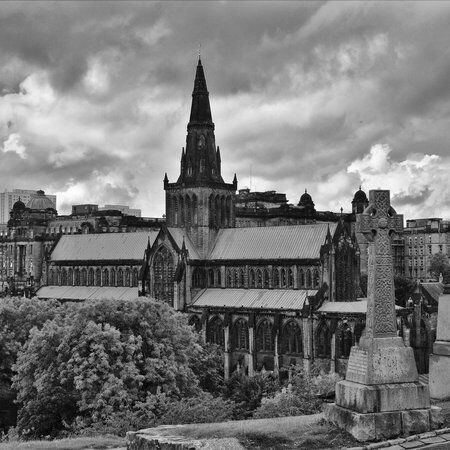
Our Thoughts…
In the heart of Glasgow, where the present hums with the energy of a thriving city, the Glasgow Necropolis is a peaceful site to remember the departed whilst offering solace and reflection for the living. It invites those who wander its pathways to consider the lives that once graced the bustling streets below. As the shadows lengthen and the echoes of history reverberate, the Necropolis remains a poignant reminder that, in this city of the living, the stories of the past are eternally at rest.
Discover More about Glasgow with CityDays
Ready to discover more of what Glasgow has to offer?
CityDays have a brand new treasure and scavenger hunt in Glasgow which combines the fun of an escape room with the historic facts and whimsical trivia of a walking tour!
Take the stress out of planning your visit to Glasgow and book your adventure today!
Not visiting Melbourne this time? Don’t worry, you’ll find us all over the world.















